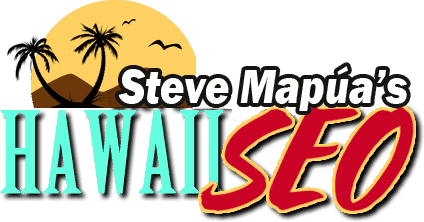Hawaii SEO – Boosting Rankings Using On-Page SEO Techniques (Part 4)
Yes, I heard you 3 parts are not enough to discuss the different on-page SEO techniques. So, for this post, I will focus on the importance of headings, images, and other content formatting practices.
Headings and Content Formatting Tips
First, let me discuss the headings. Because your content needs to organized, you should use the different header tags. Would you like to read a huge chunk of texts? For sure, you would say NO! Upon seeing a long paragraph, you would immediately hesitate, right?
Use Header Tags
In order for your content to be properly formatted, you need to use headers. In WordPress, you can choose from h1 to h6. Ideally, the h1 is used for the main heading, h2 and h3 for subheadings, and so on.
A page or post only needs a h1 tag. Well, you have the option to have the same title and h1 tag or you can also give an alternative title on your heading. However, you have to take note that search engines will display the title tag. The h1 tag will not be displayed anywhere in the search results page.
For your other heading options, here are the things that you should keep in mind:
- Do NOT use a single word as a heading. Instead, add a phrase or a sentence. It should make the readers want to read the paragraph below it. So, avoid brief and short headings as this will not be effective in convincing people to read.
- Use it hierarchically; for instance, h1 should come first, then h2 should be under it, and h3, h4, and so on. Don’t start with h4 and then h2 next!
- The subheadings are ideal location for adding the related keywords of your written content.
Content Formatting
Do not write your article, but you also have to make your article readable for your audience.
- Use the formatting tools provided: bold, underline or italicize words if deemed necessary. This is to highlight important words or phrases.
- The size of your text should be at least 14px.
- Remember, you are not writing a book. You better divide your article into small paragraphs with 3 to 4 lines.
- Also, add appropriate spaces in between paragraphs. To learn more tips on how to make your blog easier to read, refer to my post on Important Tips to Make Your Blogs Easier to Read
Adding Images and Other Web Elements
Images make your web pages feel more alive. By adding images, you are adding color to your website in a literal and figurative sense. Images beautify your presentation, and it makes your page more enticing than merely using plain text.
However, you have to remember that search engines can’t see the images. You have to explain the images to search engines through alt texts. Having said that, here are the things to remember when adding images.
- It is advisable to use your own images. If you want to use another person’s photo, make sure you have the license to do so. If not, stick to royalty-free images. Read more on What Are Royalty-Free Images and Where to Get Them?
- Resize images – the smaller the image size, the faster your website loads. Know more about this topic on Image Resizing Tips for Your Website Photos
- Lastly, use an ALT text to help search engines understand what your image is all about.
Next? Boosting Rankings Using On-Page SEO Techniques (Part 5)

